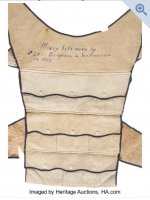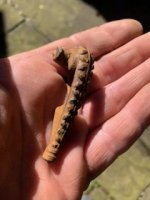Bquamb
Hero Member
- Dec 29, 2014
- 561
- 511
- Detector(s) used
- CTX 3030, EQ 800, AT-Pro, Xterra-505
- Primary Interest:
- All Treasure Hunting
COME ON 175 views NOT one clue as to where to look. Am not asking for locations just types of locations PLEASE !!!!!!!!!!!!!!!!!!!!!!!!!!!!!!!!!!
The only clue out there that would suggest anything, is dig everything ... A gold coin would only be where People once were, someone had a gold coin, it then fell and nobody else saw it until the day dug. No secret to it, just like finding a penny. Needs to be dropped before it can be found.








